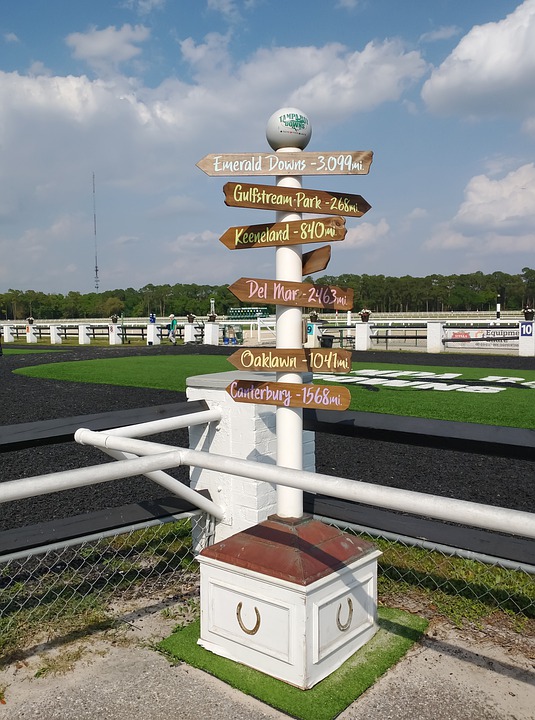
Exploring Zoning Ordinances and Rules in Your Land Exploration
Embarking on a quest to find the ideal plot of land for your envisioned residence or business venture can be an exhilarating pursuit. However, comprehending the intricate framework of zoning ordinances and regulations has the potential to transform that enthusiasm into exasperation. Zoning ordinances dictate the acceptable uses of land, and comprehending them is vital to finding a property that satisfies your requirements and adheres to local regulations. In this piece, we will delve into the fundamental aspects of zoning ordinances, their influence on land explorations, and strategies for navigating them adeptly.
What Are Zoning Ordinances and Why Are They Signficant?
Zoning ordinances are provisions that manage the utilization and development of land within a specified region. These ordinances are enacted by local authorities to ensure that land usage is harmonious with the surrounding environment and meets the demands of the community. Zoning ordinances typically segment land into distinct zones or sectors, such as residential, commercial, industrial, and agricultural, each with its own set of regulations and constraints.
Zoning ordinances are critically significant for several reasons. They help sustain property values by prohibiting incongruous land uses from cohabiting. They also bolster public welfare and safety by overseeing the siting and configuration of structures and infrastructure. Furthermore, zoning ordinances can preserve natural resources and the environment by constraining development in delicate areas.
The Impact of Zoning Ordinances on Land Explorations
When seeking a piece of land, it is imperative to contemplate the ramifications of zoning ordinances on your plans for the property. For instance, if you aim to construct a single-family dwelling, you must identify a plot of land zoned for residential purposes. Similarly, if you intend to establish a commercial entity, you must ascertain that the property is zoned for commercial use. Neglecting zoning ordinances during a land search can result in onerous delays and complications in the future.
Zoning ordinances can also influence the design and layout of a property. For example, setbacks, which designate the minimum distances that structures must be set back from property boundaries, are frequently stipulated by zoning regulations. Other factors, such as building height, lot coverage, and parking requisites, are also governed by zoning laws and can influence the practicability of a development endeavor.
Strategies for Exploring Zoning Ordinances During a Land Search
1. Explore Local Zoning Regulations
Before commencing your land search, it is crucial to acquaint yourself with the zoning regulations in the region where you intend to make a purchase. Most municipalities and counties have zoning maps and ordinances accessible online, delineating the various zoning districts and their associated regulations. By perusing these documents, you can enhance your comprehension of the permissible land uses in different areas and the specific prerequisites applicable to each zone.
2. Engage with Local Planning Authorities
In addition to independent research of zoning ordinances, it is advisable to seek guidance from local planning authorities to gain further insights into the zoning regulations pertinent to a specific property. Planning departments and zoning offices are staffed with experts capable of furnishing valuable information and guidance regarding land utilization regulations, potential zoning alterations, and the procedures for securing zoning variances or special use permits.
3. Factor in Potential Zoning Modifications
Zoning ordinances are not immutable and can undergo modifications over time. As you pursue land, it is essential to contemplate the likelihood of future zoning modifications that might impact the property under consideration. This can be particularly pertinent if you intend to develop the land or if there are ongoing discussions about rezoning in the vicinity. Staying apprised of potential zoning modifications can empower you to make well-informed decisions regarding the suitability of a specific property for your requirements.
4. Assess Zoning Variances and Special Use Permits
In certain instances, a property may not adhere to the prevailing zoning regulations, but it may be feasible to obtain a variance or special use permit to accommodate a specific land use. Variances are typically granted when strict enforcement of the zoning ordinances would impose an undue hardship on the property owner, while special use permits are conferred for land uses deemed compatible with the surrounding area but may necessitate additional scrutiny. Understanding the procedures for obtaining variances and special use permits can expand your alternatives when scouring for land.
5. Collaborate with a Real Estate Expert
Navigating zoning ordinances can be intricate, and collaborating with a real estate specialist well-versed in local zoning regulations can be invaluable. Real estate agents and brokers can assist you in identifying properties that meet your specific zoning requisites and provide valuable insights into the potential impact of zoning ordinances on your land exploration.
In Conclusion
Effectively navigating zoning ordinances and regulations is an indispensable aspect of any land exploration. By grasping the fundamentals of zoning ordinances, considering their implications on potential properties, and deploying strategic methodologies to address zoning challenges, you can heighten the likelihood of discovering a parcel of land that aligns with your aspirations and objectives. Thorough research, consultations with local planning authorities, and collaboration with seasoned professionals can aid you in adeptly navigating the intricacies of zoning ordinances, ultimately leading you to the perfect parcel of land for your next undertaking.

